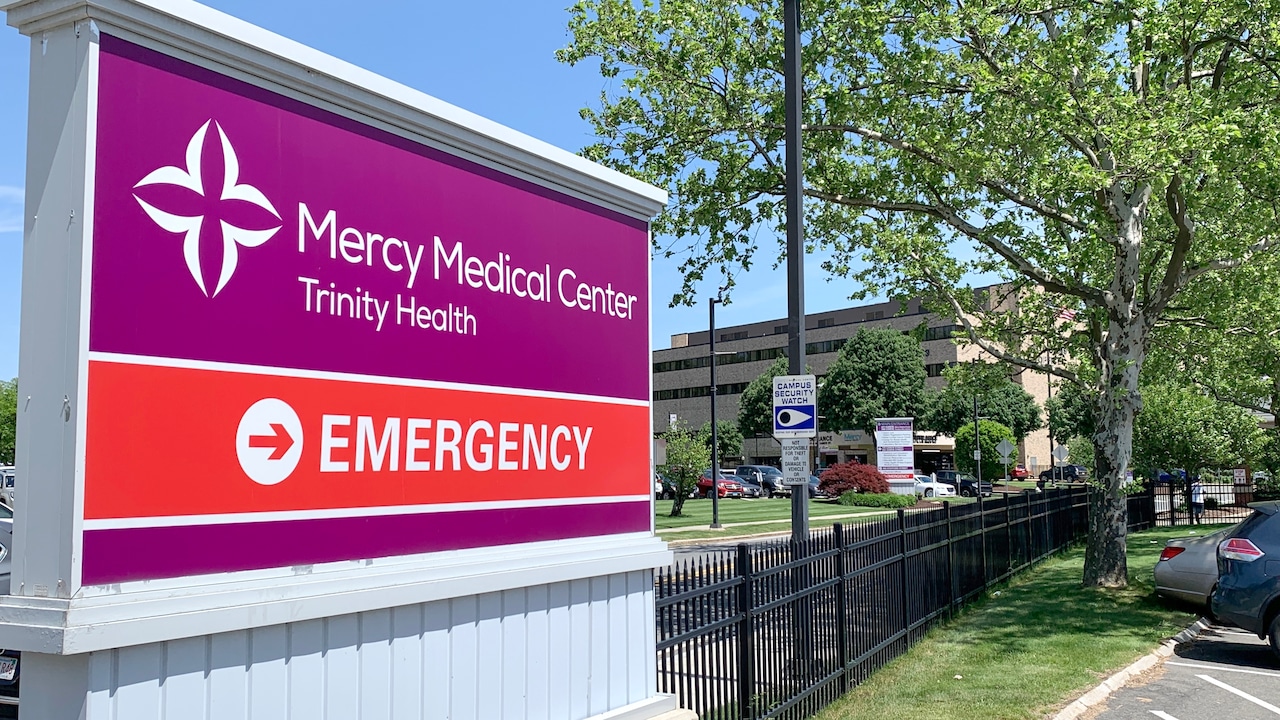Workplace Safety Scandal: Trinity Health Accused of Manipulating Injury Reports

Trinity Health of New England faced a significant workplace safety challenge. Internal data revealed that this regional branch of the nationwide Catholic health system was experiencing a higher frequency of workplace injuries compared to its sister organizations. The elevated injury reporting rates to the Occupational Safety and Health Administration (OSHA) raised concerns about the organization's workplace safety protocols and employee protection measures.
These findings prompted leadership to conduct a comprehensive review of current safety practices, aiming to understand the underlying factors contributing to the increased injury rates and develop targeted strategies to improve workplace safety and employee well-being. The goal was not just to reduce OSHA reportable incidents, but to create a more secure and supportive work environment for their dedicated healthcare professionals.
